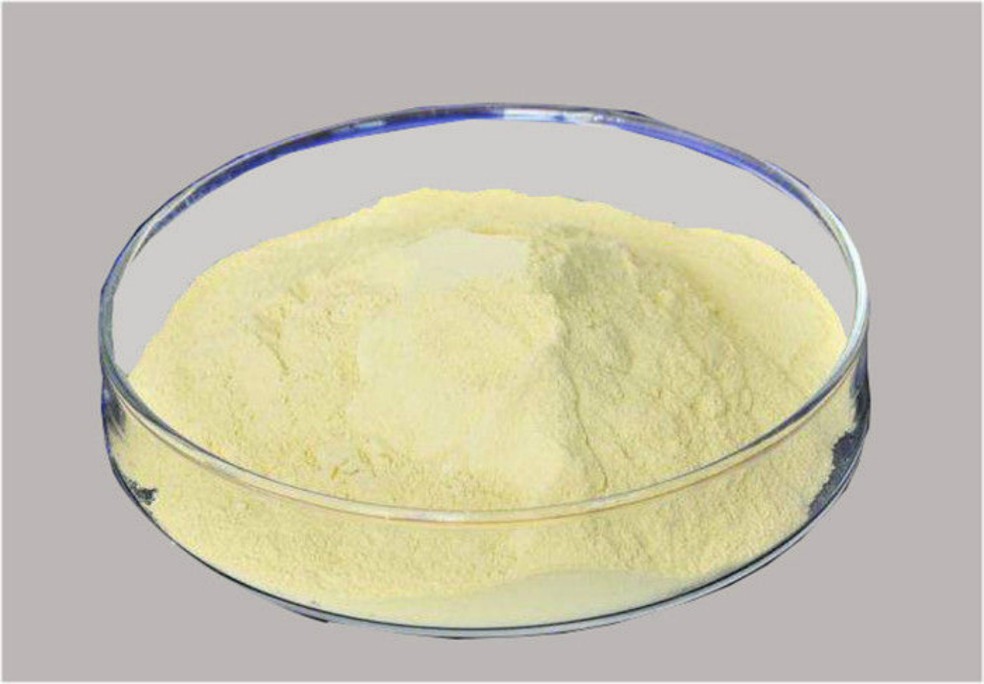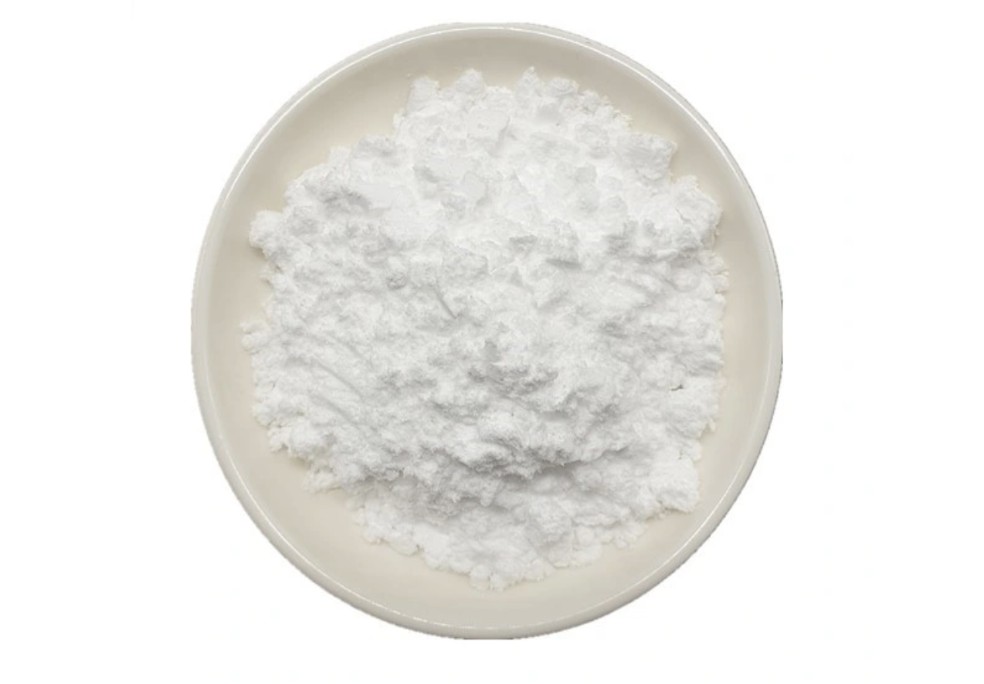Nombre:Methyltrienolone (metribolona)
Número CAS: 965-93-5
Fórmula: C19H24O2
Masa molar: 284.393 g/mol
Pureza: 99.1%
Adecuado para: Adulto
Pureza: >99%
Estado: Sólido
Apariencia: Light Yellow Powder
Metribolone is a highly potent, orally active, non-armomatizable anabolic steroids of the 19-nortestosterone and 17α-alkylated groups which was never marketed for clinical use, but has been used in scientific research as a photoaffinity label for the androgen receptor (Arkansas) and in AR ligand binding assays.
It is the 17α-methylated derivative of trenbolone (trienolone), and is a similarly potent AAS, but has a high potential for hepatotoxicity similarly to other 17α-alkylated AAS. Metribolone binds with high affinity not only to the AR but also to the progesterone receptor (PR), and binds to the glucocorticoid receptor (GR) as well. It is said to be the most potent AAS.
Methyltrienolone would probably be best used as part of a cutting cycle, stacked with some injectables, but absolutely no other orals. Methyl Trenbolone is just too hepatotoxic. Methyl Tren was originally developed by Roussell-UCLAF during the 1960s, then explored further by Negma, the French company who brought parabolan (trenbolone hexahydrobenzyl carbonate) to the market (and then discontinued it). Methyl Tren was never pushed for approval as a commercially released drug, since the original studies showed it to be highly toxic.
Methyltrienolone is a 19Nor compound (as is Trenbolone), thus it will effect your sexual drive and performance in a similar way as both Trenbolone and Nandrolone. Temporary Impotence and/or a lack of libido is very possible (aka Tren-Dick or Deca Dick). Another problem with MT is that it is a progestin, and binds shockingly well to the progesterone receptor also (PgR). As we know, progestins amplify estrogenic effects of Aromatizing drugs. Although MT doesn't aromatize, you will still need to worry about its ability to cause side-effects by amplifying the estrogenic issues caused by the other compounds you may be taking.
| Prueba |
Estándar de análisis |
Resultados |
| Descripción |
Light yellow powder |
Light yellow powder |
| Rotacion especifica |
≤-58° |
Aprobar |
| Punto de fusion |
163-172C |
164~170ºC |
| Pérdida por secado |
≤0.5% |
0.32% |
| Ensayo |
≥97.0% |
99.52% |
| Conclusión |
Be Conform With USP Standard |























